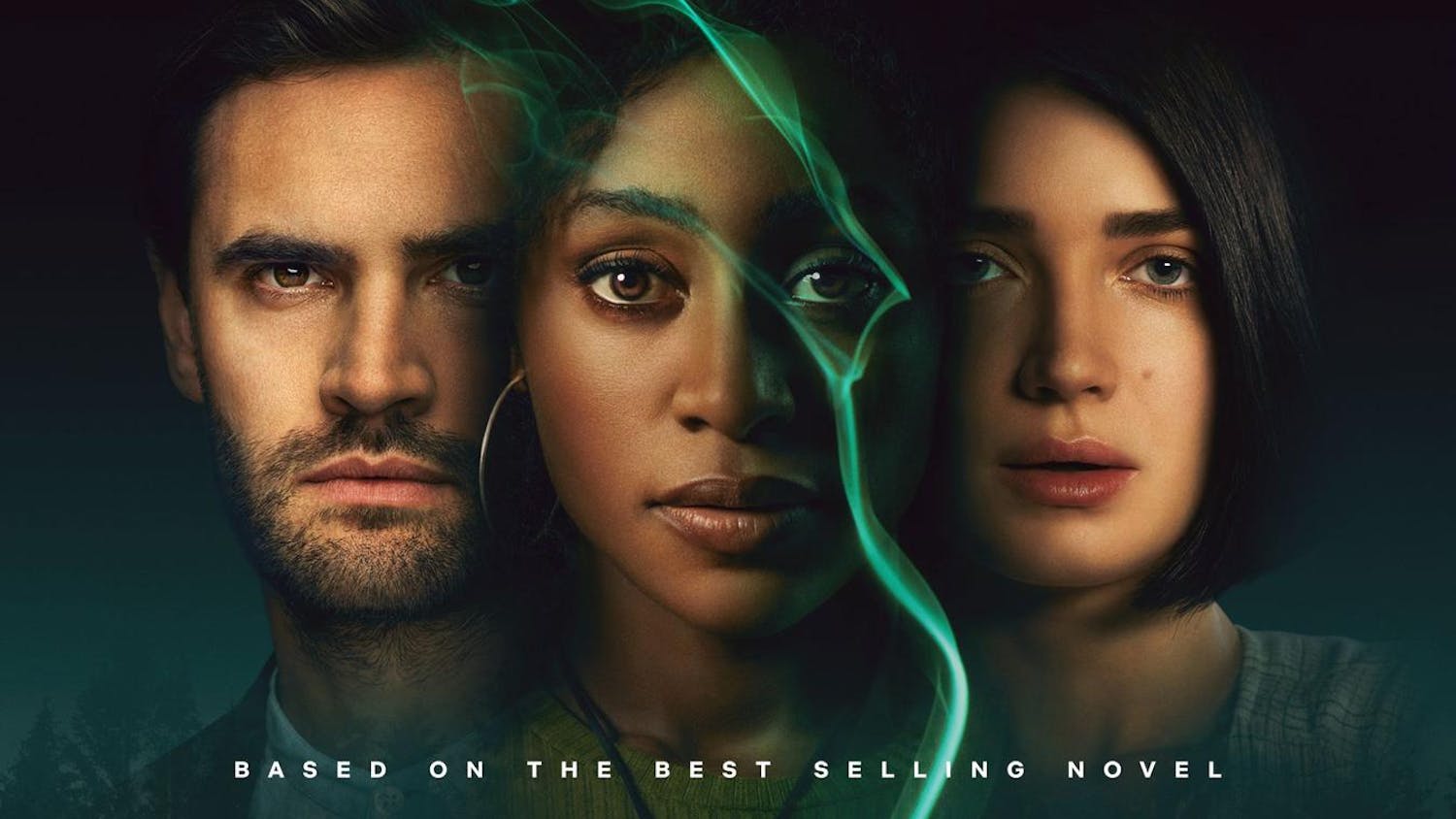Walking into the dim interior of Barnes Hall auditorium on a rainy Friday evening felt almost like stepping into a sacred place. The vaulted arches overhead, reddish-brown brick walls and soft purple curtains framing the stage created an atmosphere of quiet reverence. The pre-performance blue light spilling from the music stands bathed the instruments — harpsichords, clavichords, clavinets and synthesizers — in an otherworldly glow. As I looked around, I noticed people of all ages sitting and talking excitedly about what was to come. Mosaic windows surrounded the room, their colorful patterns enhancing the ethereal atmosphere of the space. As I found my seat, I felt a similar buzz of anticipation building inside me.
The concert, titled Elemental Energies at the Keyboard, was part of the larger “Keyboard Energies” symposium and promised an evening unlike any other — a program tracing both musical elements and the electrification of New York State through sound. My professor, Professor Moseley, had told my class about the performance he would be a part of ahead of time, describing it as a rare collaboration across styles, eras and instruments. Cornell faculty and graduate students, alongside guest performers from the Ithaca community, would guide us through a wide range of compositions from J.S. and C.P.E. Bach to György Ligeti, Anne Louise Brillon de Jouy, Richard Wagner, David Borden, Jasmine Edison, Dane Rudhyar and Ryuichi Sakamoto.
I was immediately snapped out of my thoughts when applause broke out as the first set of performers entered the stage, swiftly yet elegantly taking their places. I opened the program notes I’d been given at the beginning, eager to read more about each composer, each piece and the historical and thematic threads connecting them all. Even before the performance had begun, it was clear that an enormous amount of work and thought had gone into shaping the evening. As the performers settled at their instruments, whether standing or sitting, the show started with a calm, quiet sound, almost as if the wind itself were blowing through the space. The first half of the show focused on elements as sources of energy. The music began delicately, like a soft test of the air, with performers exchanging subtle glances when counting, making sure everyone was in sync. Another thing I noticed was the arrangement of where the performers stood or sat — some facing the audience directly, some turned to the side, and even a few with their backs toward us. I found it interesting how, despite the unusual positioning, they still played beautifully in sync, my eyes darting from person to person as I played a game with myself, trying to spot a specific performer and see if I could single out their instrument by listening carefully enough.
Color played a major role throughout the performance. The stage lights shifted from deep blues to pinks, greens and sharp reds, subtly suggesting the elemental forces behind each piece. The theme of electricity was not introduced all at once but slowly threaded into the experience.
During the intermission, the room buzzed with conversation. Groups clustered together, discussing what they had just heard. There was a contagious excitement in the air, the kind that happens when an audience senses they’re witnessing something rare — a carefully constructed experience that could only happen here and now. When the second half began, the music took on a dramatically different energy. The focus shifted to instruments that had been transformed by electricity. In these moments, history fell apart: centuries-old instruments and modern machines breathed together.
The evening ended with an unforgettable final piece. A low, steady pulse began to rise from the speakers, resembling a heartbeat. As the performers let the final notes drift away, the lights dimmed one by one until the room was plunged into darkness. We were left sitting in that final, vibrating silence — aware of our own heartbeats, of the electric buzz still hanging in the air. This wasn’t just a concert. It was an experience of sound and light, tradition and innovation, breath and electricity — an immersive journey through time and energy that left the audience not just entertained but transformed. I couldn’t help but smile as I spotted my professor on stage, speaking as he and the other performers received a standing ovation. After hearing him often talk about the department’s events in class, it was rewarding to see that energy firsthand — a reminder that what we study isn’t just theory but a living, breathing practice, carried out with real passion and artistry.
Mikayla Tetteh-Martey is a sophomore in the College of Arts and Sciences. She can be reached at mkt62@cornell.edu.











